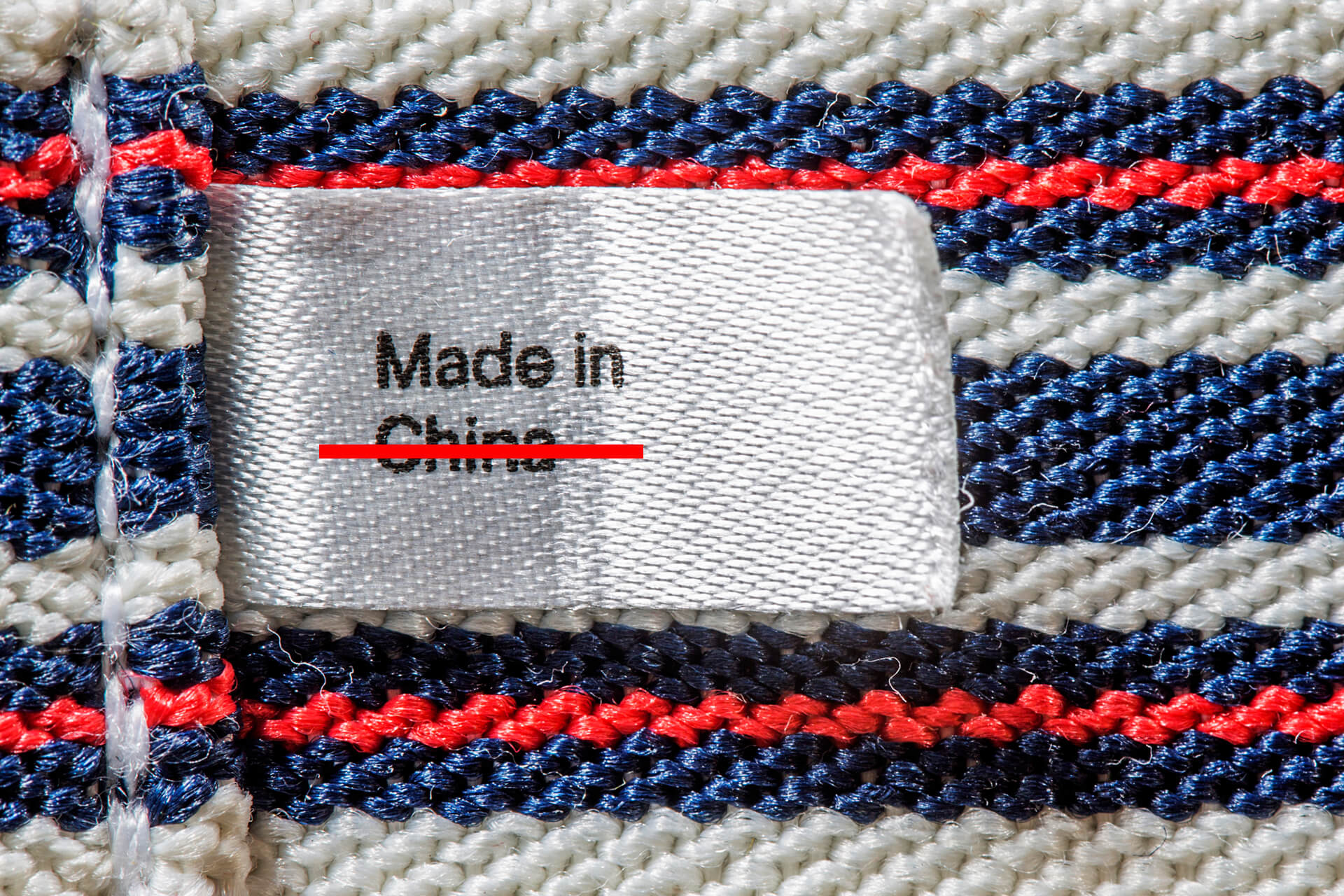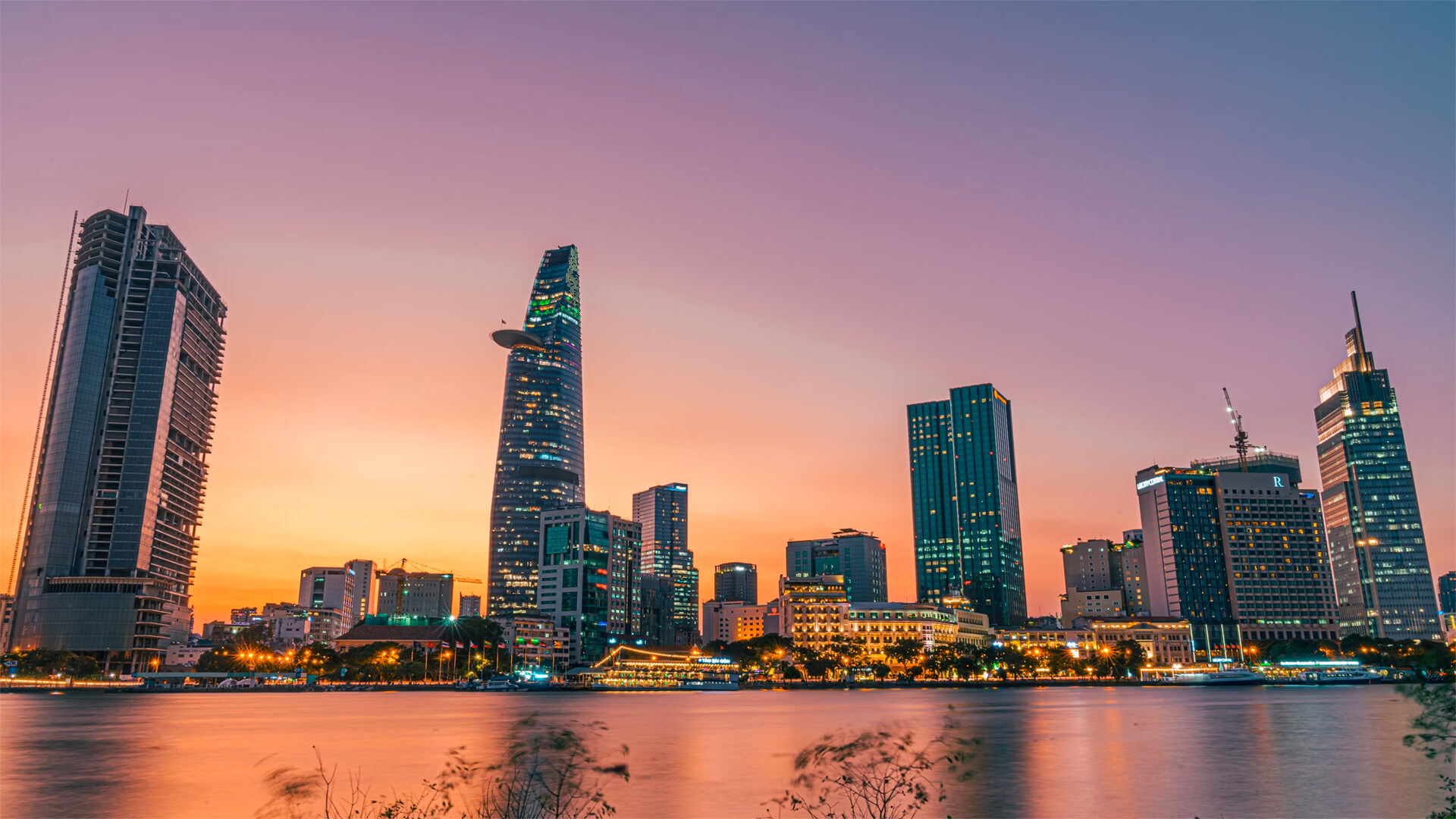The world as we know it is going away. The large, interconnected systems that span the globe are breaking down, so those smaller, regional blocs are growing in importance. That’s why I’m bullish on Southeast Asia.
There’s a massive checklist of things that will be key in a deglobalized world, but let’s highlight a few that Southeast Asia exhibits. Strong trade networks (especially with the US). Solid demographics (thanks to Vietnam and Indonesia). A full production ecosystem, meaning low-skill to high-tech capabilities. Limited historical conflict thanks to strong geographic barriers between countries.
We’re going to be dealing with a fractured global economy, and Southeast Asia will weather this storm better than most.
Transcript
Hey all Peter Zeihan here comes to you from Barney Lake in the Hoover wilderness. That is the juggernaut behind me. I am not going to claim that from this side. Maybe the other side to walk up. Anyway, I’m, I’m out on me. Is somebody trip? And I downloaded all of the questions that everybody at Patreon had. And so the first one we’re going to do today is about Southeast Asia.
It’s an area that I’ve been relatively bullish on. And the question was basically asking for clarification, whatever details I can provide. So let me kind of give you the rundown. Globalization in its current form is trade among a medium sized number of countries that are relatively large or a part of blocs. So you’re China’s, you’re Japan’s, you’re Korea’s, your European Union’s, you’re United States, Canada, Mexico, countries like that.
It’s not that smaller countries can’t play, but smaller countries have a harder time carving out a niche in this sort of world, unless they can cohere into something bigger. That’s problem one for smaller countries. Number two, when you break down the ties of globalization, all of a sudden these countries have to be reevaluated on different merits.
So, for example, I talk about demographics in China being a deal. Enter, for the most part, and so you have to look at the demographic picture of what countries will be like five, ten, 15, 20 years from now and whether or not they’re going to have enough people to have a workforce to have a consumption base.
And as these two things shift, Southeast Asia is well positioned to take advantage of both of them. First of all, the the overall globalization angle, if you remove big globalization, we’re going to have a series of little globalization, things like NAFTA, maybe the European Union, if they get really lucky, where a number of smaller countries can band together and form a smaller network.
Well, the Southeast Asians have already done that. It’s called Asean. The Association of Southeast Asian Nations and Asean negotiates trade deals with bigger countries already. So here we’ve got a number of countries that already have trade deals with Japan, with Korea, with China, with the United States, with Australia. And if you remove the big globalization and go to a more regional format, they’re already halfway there.
Second, on the demographic situation, these are some of the youngest countries in the world, and they’re all industrializing very quickly. Vietnam and Indonesia specifically are two of the best structures we have, having a balance of people who are more mature, generating more capital, doing more value added skills. And then people in the lower end who do more of the lower value added skills.
In addition, within Southeast Asia, there’s a third factor. Not all the countries are the same. You actually have, in many cases, the full production suite just within this network. At the top you have Singapore, which may be small but is one of the world’s most advanced manufacturing countries as well as a financial hub in the middle. You’ve got countries like Malaysia and especially Thailand who have been high up in things like automotive and computing since the industry started and already are fairly wealthy.
And then coming up from below, you’ve got the big countries, Vietnam and Indonesia, each which have over 100 million people, who are filling out the lower skill set. And in the case of Vietnam specifically, it is rapidly moving up the value added chain. And it if it keeps going at its current pace,
It will actually have a more sophisticated economy than China. Probably within five years. And if, if, if, if the politics work out and who knows. You have countries like Myanmar, who are much poorer, but have an excellent internal transport network and a lot of people who could do the very low end things like assembly, you partner this sort of region with, say, Australia and New Zealand for food and resources, or the United States for technology and and markets.
You have a really powerful combination. But my favorite thing about Southeast Asia is this isn’t like the North European Plain or the Eurasian Steppe or northern China, where their history is defined by not just centuries, but millennia of war and genocide. These are countries that really haven’t fought one another for over a thousand years. They are peninsulas. They are mountainous.
They are islands. They have got jungle. Normally, these are not the sort of things that you want in your backyard. If you want to economically develop easily, they’re more expensive geographies that are harder to integrate, but it also means that these countries have never really duked it out, certainly not in the modern age. And if you take away big globalization with its big ships, all of a sudden little globalization with smaller ships in Southeast Asia looks really, really hot.
And based on what happens with India, they’re right next door. So it doesn’t really matter what the future of the post globalized world looks like. these countries, look good on their own. They look good with their nearby partners. They look good with the United States.






